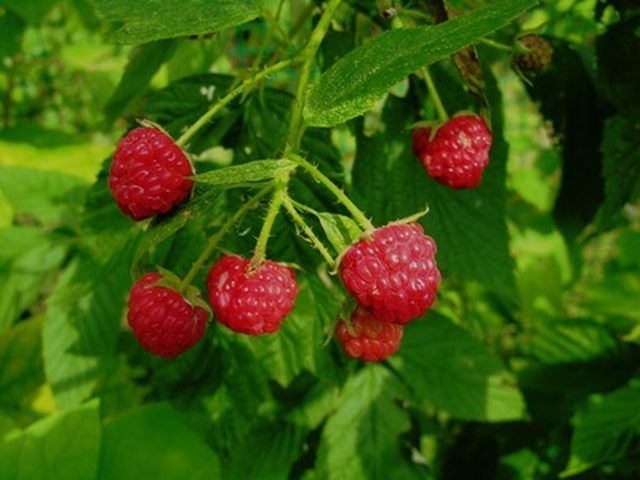Bulbs
Flower Basics
Flower Beds & Specialty Gardens
Flower Garden
Garden Furniture
Garden Gnomes
Garden Seeds
Garden Sheds
Garden Statues
Garden Tools & Supplies
Gardening Basics
Green & Organic
Groundcovers & Vines
Growing Annuals
Growing Basil
Growing Beans
Growing Berries
Growing Blueberries
Growing Cactus
Growing Corn
Growing Cotton
Growing Edibles
Growing Flowers
Growing Garlic
Growing Grapes
Growing Grass
Growing Herbs
Growing Jasmine
Growing Mint
Growing Mushrooms
Orchids
Growing Peanuts
Growing Perennials
Growing Plants
Growing Rosemary
Growing Roses
Growing Strawberries
Growing Sunflowers
Growing Thyme
Growing Tomatoes
Growing Tulips
Growing Vegetables
Herb Basics
Herb Garden
Indoor Growing
Landscaping Basics
Landscaping Patios
Landscaping Plants
Landscaping Shrubs
Landscaping Trees
Landscaping Walks & Pathways
Lawn Basics
Lawn Maintenance
Lawn Mowers
Lawn Ornaments
Lawn Planting
Lawn Tools
Outdoor Growing
Overall Landscape Planning
Pests, Weeds & Problems
Plant Basics
Rock Garden
Rose Garden
Shrubs
Soil
Specialty Gardens
Trees
Vegetable Garden
Yard Maintenance
How to Fertilize Raspberry Plants
How to Fertilize Raspberry Plants. Raspberries grow on tall upright canes that arch gently under the weight of lush foliage and plump red berries. Eaten fresh, raspberries create an explosion of juicy flavor bursting with vitamins C and A. As an addition to cold cereal, these tasty berries liven breakfast and boost nutrition. Preserved as jams or...

Raspberries grow on tall upright canes that arch gently under the weight of lush foliage and plump red berries. Eaten fresh, raspberries create an explosion of juicy flavor bursting with vitamins C and A. As an addition to cold cereal, these tasty berries liven breakfast and boost nutrition. Preserved as jams or jellies or cooked in pies, raspberries add flavor and color to any meal. Growing them does require attention to pruning, staking and fertilizing.
Things You'll Need
10-10-10 fertilizer
Garden tiller
Fertilize raspberry plants in early spring before new growth appears, using 2 to 3 lbs. of 10-10-10 fertilizer for every 100 feet of plants. Spread the fertilizer along the row and work it into the soil with a garden tiller or a hoe, and take care not to disturb any roots.
Repeat in May or June before raspberries bloom or set fruit, following the same application rate and procedure.
Test the soil every three years to determine the nutritional needs and pH of the soil. Contact your local cooperative extension service for a soil test kit. The office provides soil testing for a minimal fee. The results outline the condition of your soil, available nutrients and the pH level of your soil. Follow instructions for amending the soil, applying lime or other amendments with the first application of fertilizer.